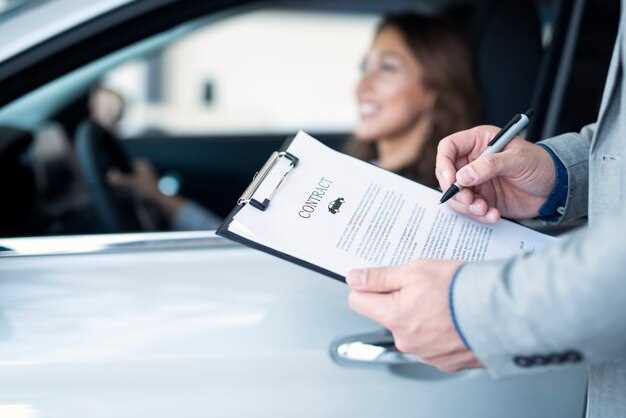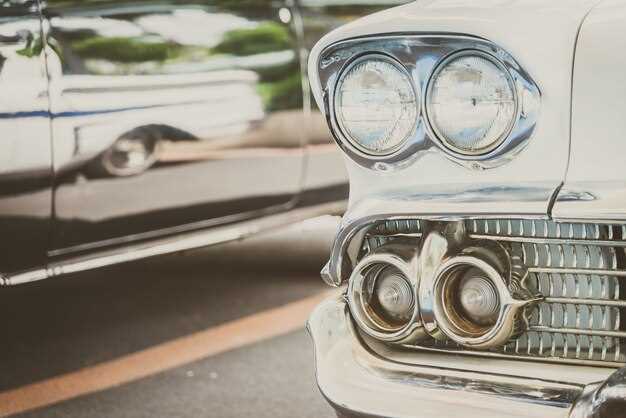
When it comes to protecting your investment in a classic car, understanding its true market value is essential for securing adequate insurance coverage. Classic cars often appreciate in value over time, and their worth can vary significantly based on factors such as condition, rarity, and provenance. This article will guide you through the process of assessing the value of your classic car to ensure you have the right insurance policy in place.
To begin with, it is crucial to conduct a thorough evaluation of your vehicle’s current state. This involves a detailed inspection, taking into account both mechanical and aesthetic aspects. Items like the engine condition, interior quality, and any modifications can all influence the valuation. Additionally, gathering records of maintenance and repairs can provide potential insurers with a comprehensive picture of the car’s history.
Furthermore, understanding market trends is vital. Classic car valuations can fluctuate based on collector demand, regional preferences, and economic conditions. Engaging with classic car clubs, attending auctions, and consulting industry experts can provide valuable insights into your car’s worth in the current market. By combining personal inspection with market research, you can arrive at a more accurate valuation.
Ultimately, a precise assessment of your classic car’s value is not just a matter of financial prudence; it ensures that you are adequately covered in the event of loss or damage. By following the steps outlined in this guide, you will be better equipped to navigate the complexities of classic car insurance and secure the protection your treasured vehicle deserves.
Identify Key Factors Influencing Classic Car Value
Assessing the value of a classic car involves considering several critical factors that can significantly influence its worth. Understanding these elements can help you make informed decisions for insurance purposes.
First, the car’s make and model play a crucial role. Certain brands and models are more sought after by collectors, leading to higher valuations. Rare or limited-edition vehicles tend to appreciate more than their more common counterparts.
Secondly, the car’s condition is paramount. This encompasses both the mechanical state and the aesthetic appearance. Cars that have been well-maintained, restored, or preserved typically command higher prices. Documentation of restoration work and maintenance history adds credibility and can enhance value.
Provenance is another significant factor. A classic car with a well-documented history–such as previous ownership by a famous individual or notable participation in events–can substantially increase its value. Original components and parts also enhance authenticity and desirability.
Market demand influences value as well. Trends and fluctuations in the collector car market can affect prices. Researching recent sale prices for similar vehicles can offer insight into current demand and potential valuation shifts.
Finally, mileage is an important consideration. Lower mileage often suggests less wear and tear, making the car more appealing to buyers. However, exceptional examples with higher mileage but significant historical value may sometimes defy this general rule.
In summary, when assessing a classic car’s value for insurance, it’s essential to take into account the make and model, condition, provenance, market demand, and mileage. These factors collectively contribute to the overall valuation and help ensure that your car is insured at a fair and adequate amount.
Gather Documentation to Support Your Car’s Worth

To accurately assess the value of your classic car for insurance purposes, it is essential to gather comprehensive documentation that supports your vehicle’s worth. This involves collecting various types of records that can provide clear evidence of the car’s condition, history, and market value.
Start by compiling the vehicle’s title and registration documents. These not only prove your ownership but also establish the car’s legal identity. If your classic car has undergone restorations or modifications, obtain invoices and receipts detailing the work done. This information can significantly increase your car’s value by demonstrating its upkeep and investment.
Next, consider collecting service records that chart the vehicle’s maintenance history. Well-documented services, such as oil changes, brake replacements, and tuning, reinforce the notion that the car has been well cared for, which is an attractive point for insurers.
Photographs play a crucial role in documenting the condition of your classic car. Take high-quality images from multiple angles, highlighting both the exterior and interior details. Close-ups of unique features, original parts, and any imperfections will be beneficial in depicting the car’s overall state and authenticity.
Research recent sales of similar models to provide a benchmark for your vehicle’s market value. Websites dedicated to classic car sales can offer valuable insights. Collect printouts and links as references to show insurers the current market trends and the selling prices of comparable vehicles.
If applicable, gather any awards or show acknowledgments your classic car has received. Recognition from car shows or clubs can enhance perceived value, showcasing its quality and desirability among collectors.
Lastly, consider an appraisal from a certified professional. An expert evaluation can provide an impartial estimate of your car’s worth and can be a persuasive tool when negotiating insurance coverage. This formal assessment can be a strong piece of documentation that underscores the value of your classic automobile.
Compare with Market Prices and Recent Sales

To accurately assess the value of your classic car for insurance purposes, it’s essential to compare it with current market prices and recent sales of similar vehicles. Start by researching classified ads, online auction sites, and classic car dealerships to gather a list of comparable models. Pay attention to the make, model, year, condition, mileage, and any modifications or restorations that could affect value.
Using platforms like Hemmings, Bring a Trailer, or ClassicCars.com can provide insights into both active listings and completed sales. These platforms often feature filtering options that allow you to narrow down your search to cars that closely match yours. Keep an eye on price trends by noting how long similar cars remain on the market; a vehicle listed for an extended period may indicate an inflated price.
Additionally, consider attending classic car shows and auctions where you can interact with buyers and sellers. This grassroots assessment can reveal what enthusiasts are currently willing to pay. Networking with other collectors through forums or local clubs can also provide anecdotal insights into market dynamics.
Finally, consult classic car valuation guides like the NADA Guides or Kelley Blue Book, which offer standardized pricing based on the latest sales data. By synthesizing this information, you can develop a realistic valuation that reflects both current market conditions and the unique attributes of your classic car.
